Tucked into the far southwestern corner of Cornwall, the Penwith Peninsula feels like the edge of the world—in the best way. Surrounded on three sides by sea, it’s a rugged land of granite cliffs, hidden coves, and timeworn trails. While planning my Devon & Cornwall trip, I noticed I’d pinned nearly every sight around this windswept sliver of land. I didn’t know it then, but the Penwith Peninsula would become one of my favourite places on the trip.
Rooted in history and steeped in natural beauty, Penwith Peninsula is dotted with ancient standing stones, storybook fishing villages, and dramatic coastal views that seem torn from myth. I based myself in Penzance for four days—enjoying easy train access, good local bus connections, and being close enough to explore the area in all directions. The town itself is pleasant, if a little sleepy, but the real magic lies just beyond its borders.

St. Ives
A picturesque seaside village- and a major destination for foreign travellers and locals alike. It was busy! The train from Penzance was packed full. The streets, shops, and restaurants were packed full. Generally, I like to avoid such high-density locations – I find it takes away from the real experience; however, St Ives was a place everyone always suggested. The morning started off misty, which hugged the town, giving it a nice air of mystery and sleepiness. As the day went on the sun melted away the mist and radiated off the yellow sandy beaches and white cobbled streets.
Some things to do in St Ives:
- Wander the Harbour and Wharf Road – People-watch, grab a Cornish pasty, or just enjoy the lively seaside energy.
- Visit the Tate St. Ives – A seaside gallery showcasing British and contemporary art.
- Explore the Barbara Hepworth Museum and Sculpture Garden – Dedicated to one of Britain’s most important modern sculptors.
- Relax on Porthmeor Beach or Porthminster Beach – Both beaches are sandy, swimmable, and scenic.
- Shop local boutiques – The town is full of independent artists, makers, and craft shops.
- Walk the Coastal Path to Zennor – A scenic (but hilly) 10km trail with stunning sea views.



Land’s End
This one was personal. I have a photo of myself as a toddler, with my dad and pregnant mum at Land’s End in 1992. Being sentimental, I wanted to go to Land’s End for a 20 something years later photo. I also have an interest in places that are “the most ______ of _______.” These places are interesting because, at some point, the people living there truly did believe that it was the end of the world.
Sadly, Land’s End hotel itself has become heavily commercialized and touristy with a “food court” type setup and kids’ entertainment. I did not stay near the “Land’s End” area for long. Nor did I get my photo recreated – it would have cost me 15 pounds (25 Canadian Dollars). A costly photo indeed. I did, however, enjoy my walk along the Southwest Coastal Path towards Sennen village, passing the First and Last Inn. The First and Last Inn was a more atmospheric experience than the souvenir stalls nearby.

Southwest Coastal Path
I walked along various parts of this trail, which is a total of ~1014 km (630 miles). It is England’s longest way-marked footpath, running from Minehead in Somerset to Poole in Dorset, also encompassing Devon and Cornwall’s coasts. The path was created by coastguards, who had to patrol every inlet.
The terrain is rugged and beautiful. Something about the crash of waves onto the cliffs, precariously leaning rocks that seem so out of place, as if someone has just dropped them in there.
One afternoon, I got caught in a sudden mist— rolling in from the ocean, up and over the cliffs. Surrounded by white, I kept my head down and eyes on my feet following the narrow dirt trail, with the distant low of cows echoing eerily. I was half scared to bump into one. It was both surreal and unforgettable. And then, as quickly as it had come, it was gone.






Minack Theater
Now I had originally thought that this was an old Roman open-air amphitheatre. I was wrong. But I was still glad to have visited, as it certainly has been modelled after Roman architecture. If you have the chance to attend a production here, I highly recommend it – the scenery is perfection.
Though it did not have the history I anticipated, the story behind the theatre’s origins and the people involved in an inspiring one. A museum dedicated to the theatre founder is present on the grounds and is very much worth a walkthrough.

St. Michael’s Mount
The twin of Mont Saint Michel in Normandy, France. The tidal island is reached by a man-made causeway of granite stones, passable between mid-tide and low water, and by boat during high tide. The island has a unique microclimate, allowing many tropical plants to flourish. The St Aubyn family still lives in the castle but leaves parts of it open to visitors.
Back on the mainland, the town of Marazion is fun to explore, with various pubs and souvenir shops. Marazion is where I found the best clotted cream fudge!
The beach looking out towards St Michael’s Mount is sandy, perfect for relaxing and if you are able to brave the cold, swimming. It was full of families enjoying the amazing sunshine and building sandcastles.



Standing Stones
No trip to the UK is complete without an adventure to a standing stone site. Quiet, powerful places that make you pause. Both the Mên-an-Tol and Lanyon Quoit were found in the middle of farming land, with only the smallest of indicators.
I have seen similar structures to the Lanyon Quoit before – often portal tombs of burial chambers. There are a few located in Ireland. It always impresses me that the top slab stays in place for centuries.
Mên-an-Tol is something else altogether, which is why it was a must-see on my list. Archaeologists have uncovered other stones buried beneath the current turf, suggesting that it was part of a stone circle also. There is only one other “holed” stone in Cornwall. Many traditions are associated with oneself or children passing through the middle of the stone, such as having healing properties. Archaeologists have also noted that “*the circular stone aligns exactly with the center stone at Boscawen-Un and the church at nearby St Buryan. While this may conceivably be coincidental, the precision of the alignment suggests an intentional positioning of the structures in relation to each other.” *quote from ancientwisdom.com




The Penwith Peninsula was a highlight of my Cornwall and Devon adventure. I wouldn’t change a single stop. There’s still more to see, and I know I’ll return someday. The cliffs, the stones, the coastal air—it all leaves a lasting impression. If you have Penwith Peninsula or Cornwall tips, drop them in the comments. I’m already dreaming of next time.
Pin Me for Later:



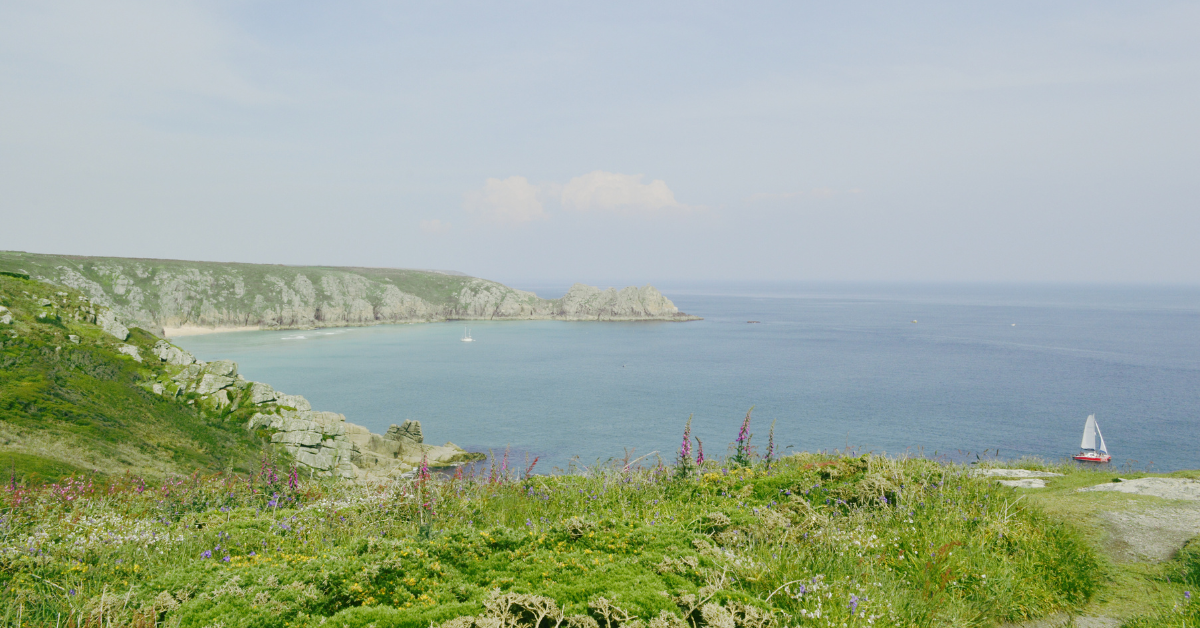



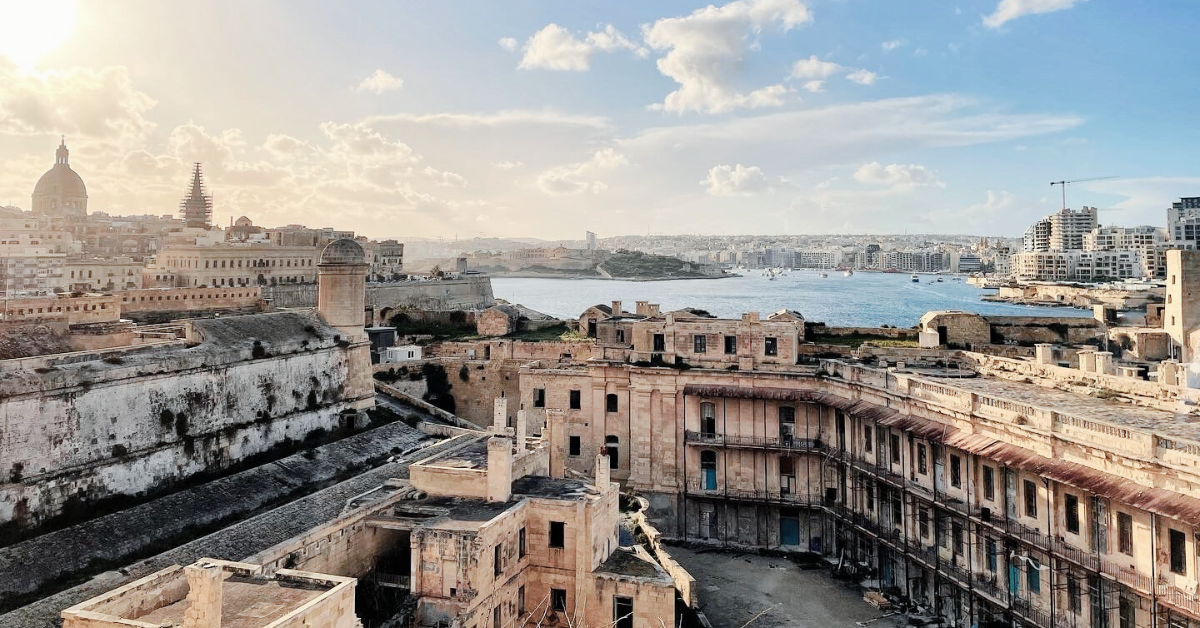
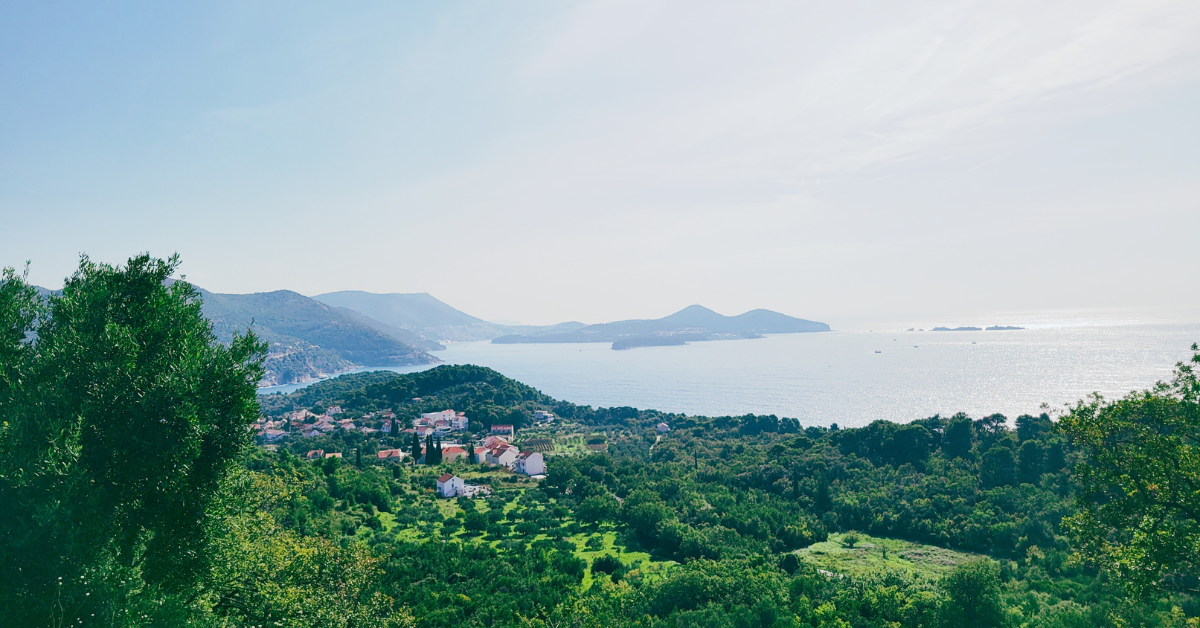

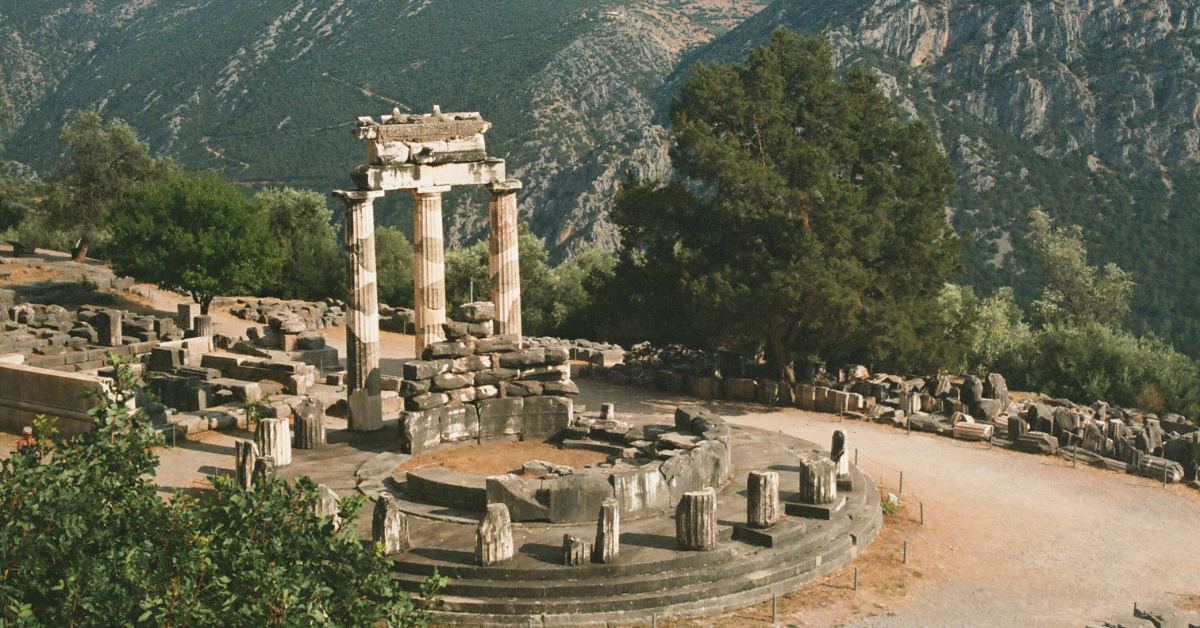
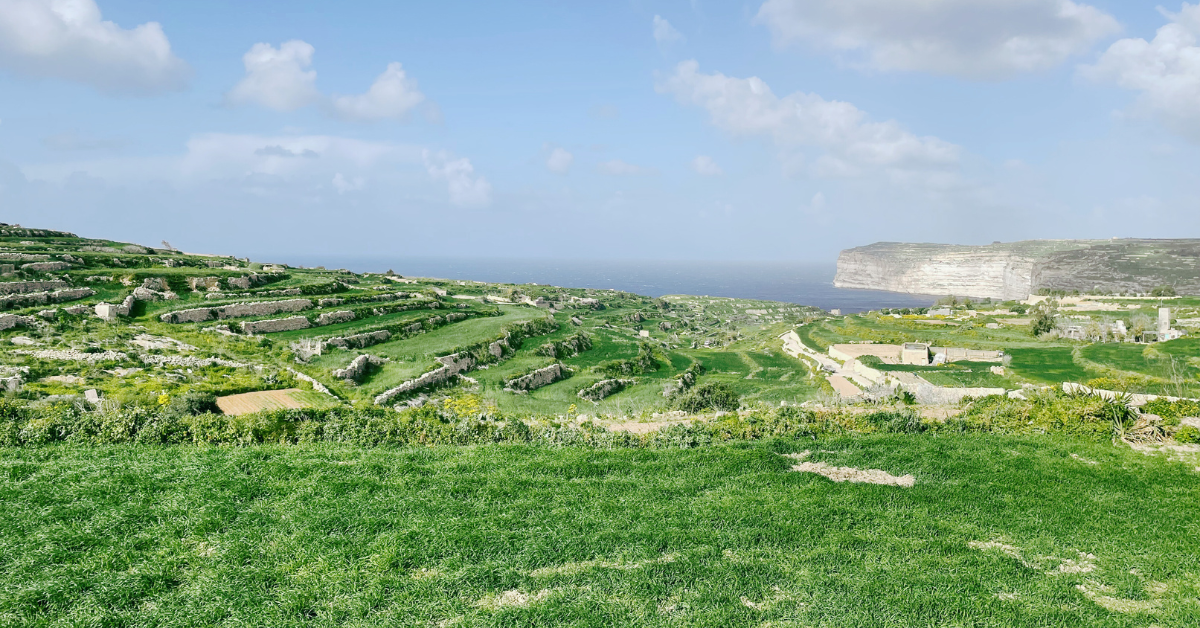












Leave a Reply